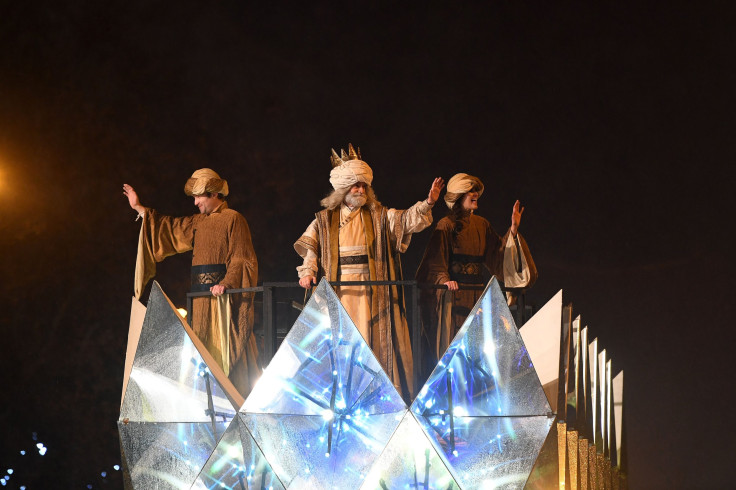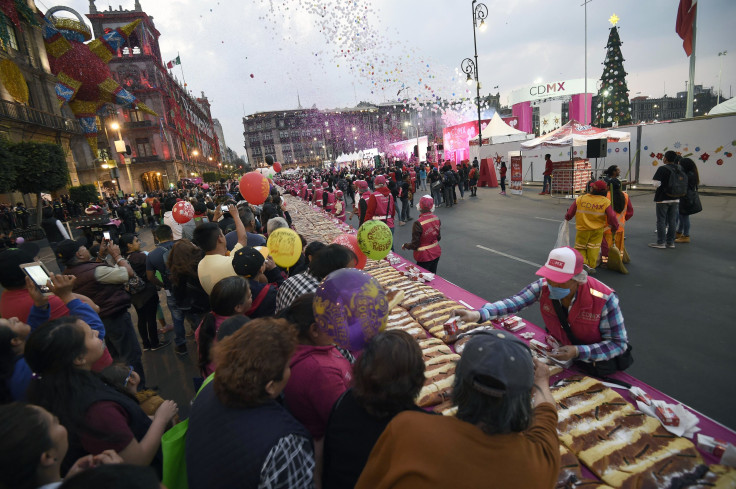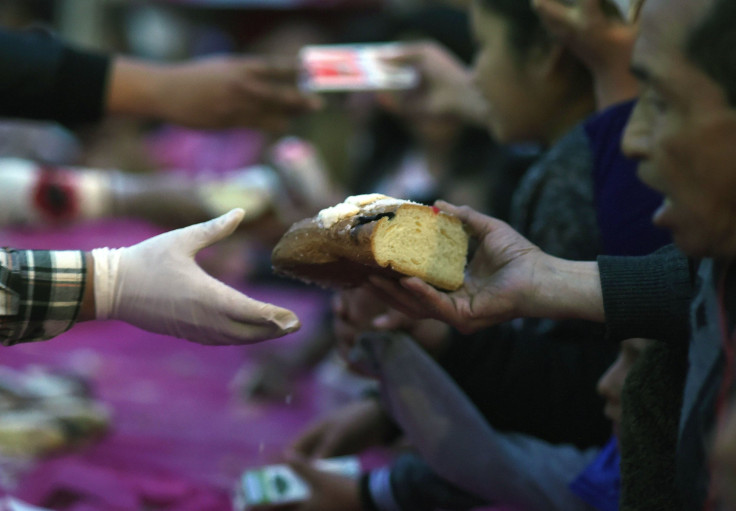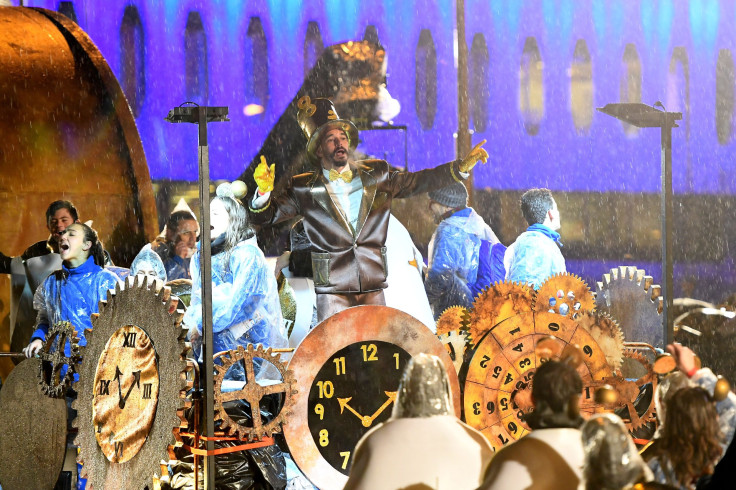Epiphany 2018: How Spain, Mexico And France Celebrate Three Kings Day [PHOTOS]

Orthodox Christians around the world come together on Jan. 6 to celebrate Epiphany commemorating the baptism of Jesus Christ in the Jordan River.
Also known as the Three Kings Day, it honors the three wise men or magi who followed a star to find Jesus Christ in Bethlehem and gave him gifts the night he was born, according to Christian mythology. The gifts included items of symbolic importance: gold (to symbolize his royal standing), frankincense (symbolic of Christ’s divine birth) and myrrh (to symbolize his mortality).
The word "epiphany" originated from Greek and means "manifestation" with the day being a celebration of God coming to Earth as a human in the form of his son.
Epiphany, however, has been celebrated by different churches on different dates. For example, Orthodox Christians celebrate the holiday on Jan. 19 while many Protestants mark "the season of the Epiphany" from Jan. 6 up until Ash Wednesday and the beginning of Lent (the period of 40 days which comes before Easter in the Christian calendar).
The celebrations also differ depending on the place you are in. In Spanish culture, Epiphany is known as Dia de los Reyes (Three Kings' Day). Believers in Mexico assemble to taste the Rosca de Reyes, or Kings' bread. In both Spain and Mexico, some followers also begin celebrations on Epiphany Eve on Jan. 5. In some countries, a Jesus figurine is hidden in the bread.




In France, a cake called Galette des rois — round in shape and golden in color, symbolizing the sun — is traditionally divided into as many shares as guests in a house, and one additional part. The latter called the "part of God", "hand of the Virgin" or "part of the Poor," is intended for the first poor person who would look at the home.
In the Roman tradition, a bean is hidden in a cake to designate the King. France also follows the tradition, and the person who gets the bean is symbolically crowned king or queen.
Colorful parades celebrating Epiphany were held across Spain on its eve on Friday. They featured decorative floats with people dressed as the kings and bearing gifts for Jesus and colorful sound and light shows, according to the Washington Post.
Children also write to the three wise men on the eve of the Three Kings’ Day feast to ask for presents. Some children also leave hay in their shoes for the kings' camels to eat. They also dress as the three kings – Gaspar, Melchor and Baltasar — and go from house to house to sing songs and receive treats. This particular tradition is typical of European countries like Slovakia and the Czech Republic.
Eastern European and Greek Orthodox priests throw a cross into water and divers compete to find it first.
Pope Francis will hold the Vatican's annual Holy Mass for the Epiphany in St Peter's Basilica in Rome at 10 a.m. local time (4 a.m. EST).
© Copyright IBTimes 2025. All rights reserved.





















